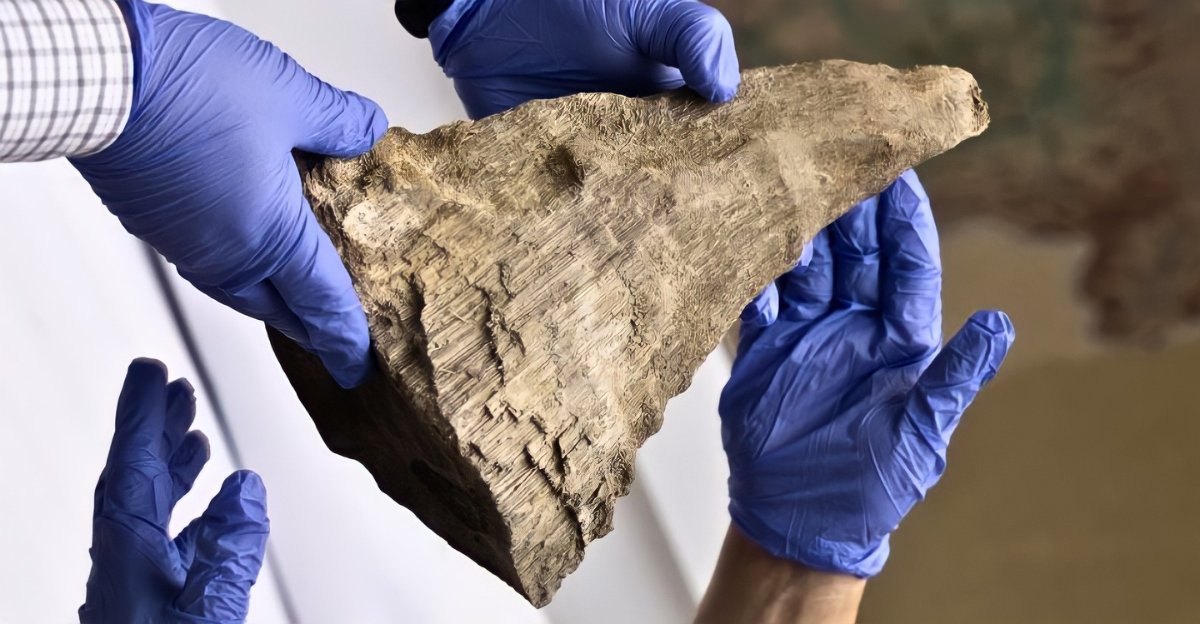
Scientists have surpassed the previous age limit for molecular analysis by successfully extracting protein sequences from fossilized material that predates the oldest recoverable DNA by tenfold. According to findings published in Nature, this breakthrough represents a quantum leap in paleobiological research capabilities, pushing the boundaries of what researchers believed was scientifically possible. The discovery fundamentally challenges previous assumptions about biomolecular preservation limits in geological time.
Arctic Permafrost Yields Oldest Mammalian Protein Sequences
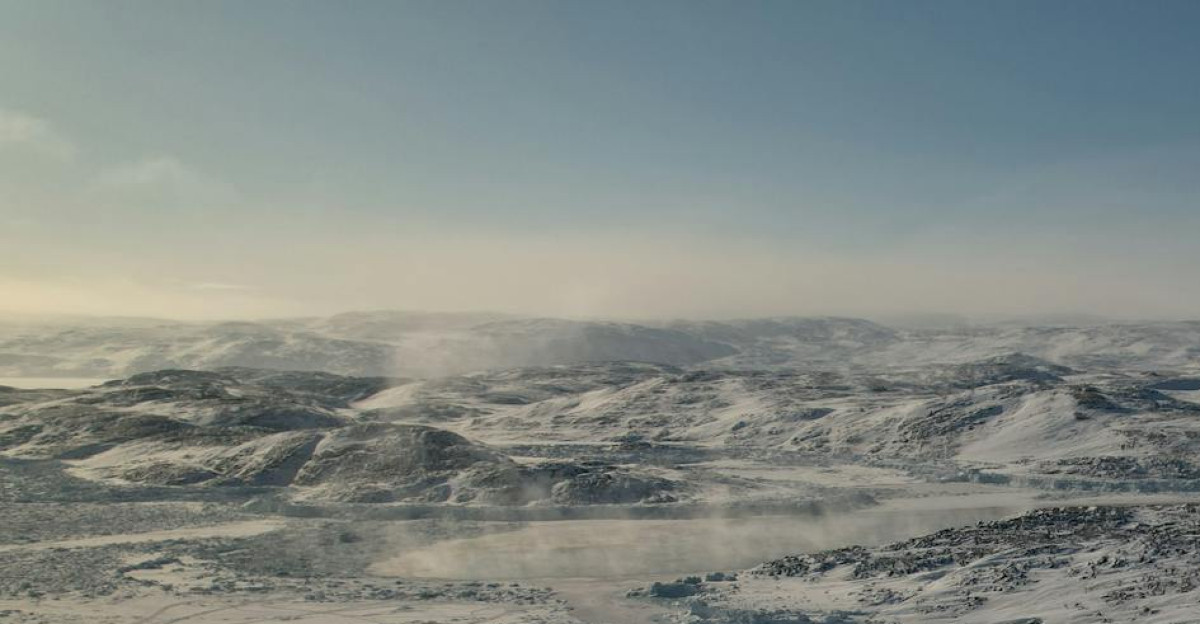
A single rhinoceros tooth discovered in Canada’s High Arctic permafrost has yielded the oldest mammalian protein sequences ever analyzed, dating back 24 million years to the Early Miocene epoch. Reuters reports that the specimen was preserved in extraordinary condition due to the unique environmental characteristics of permafrost, which acts as a natural deep freeze. University of York researchers confirm that this preservation environment has maintained molecular integrity far beyond normal expectations.
Paleoproteomics Field Undergoes Revolutionary Transformation
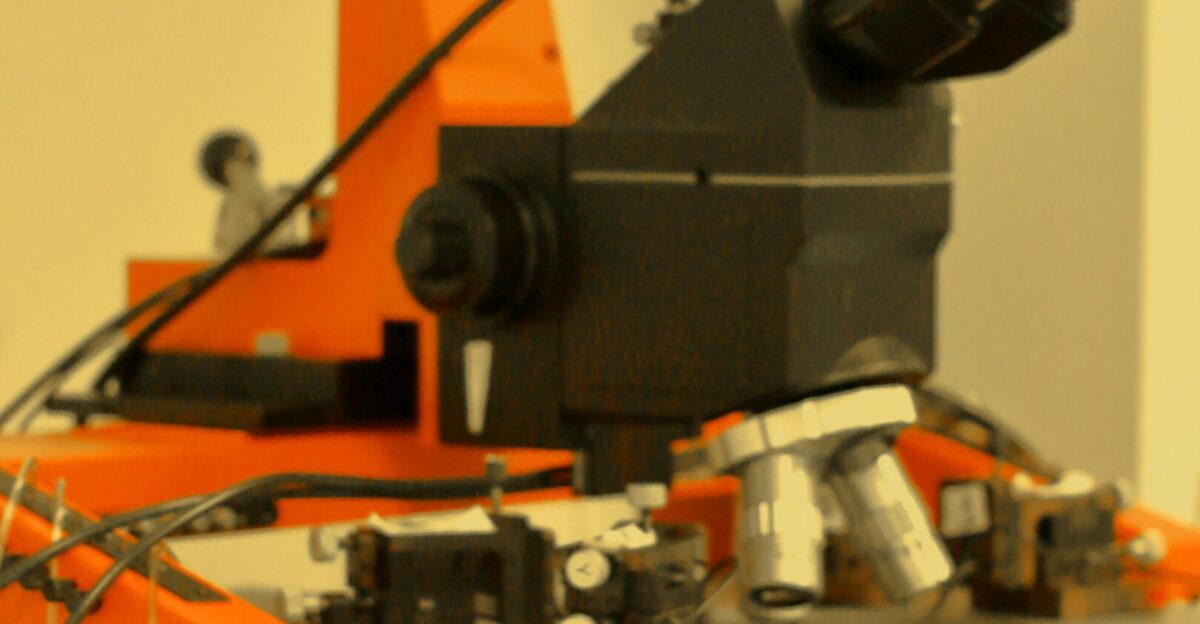
According to Chemical Reviews, paleoproteomics emerged as a distinct scientific discipline in the 1930s but remained severely limited until the advent of mass spectrometry technology in the 2000s. Previous protein studies were restricted to samples under 4 million years old, representing a fundamental ceiling for ancient biomolecular research. Research published in Peer Community Journal shows the field has grown exponentially over the past two decades with increasingly sophisticated analytical techniques.
Proteins Demonstrate Remarkable Survival Advantage Over DNA

Unlike DNA, which degrades rapidly in most environments within 100,000 years, proteins can survive millions of years when properly preserved, particularly when bound to mineral matrices in teeth and bones. PNAS research indicates that proteins’ chemical structure makes them inherently more stable than nucleic acids under geological conditions. Nature Communications studies reveal that this durability advantage has become increasingly important as researchers seek deeper evolutionary insights.
International Collaboration Achieves Unprecedented Scientific Breakthrough

International teams from the University of Copenhagen, Harvard University, and the University of York successfully extracted and sequenced authentic protein fragments from a 24-million-year-old Epiaceratherium sp. rhinoceros tooth found at Haughton Crater in Canada’s High Arctic. The achievement was published in Nature on July 9, 2025, marking the oldest mammalian protein sequences ever recovered. CNN confirms this discovery extends the timeline for protein-based evolutionary analysis by an unprecedented factor of ten compared to previous records.
Arctic Climate Change Threatens Scientific Treasures
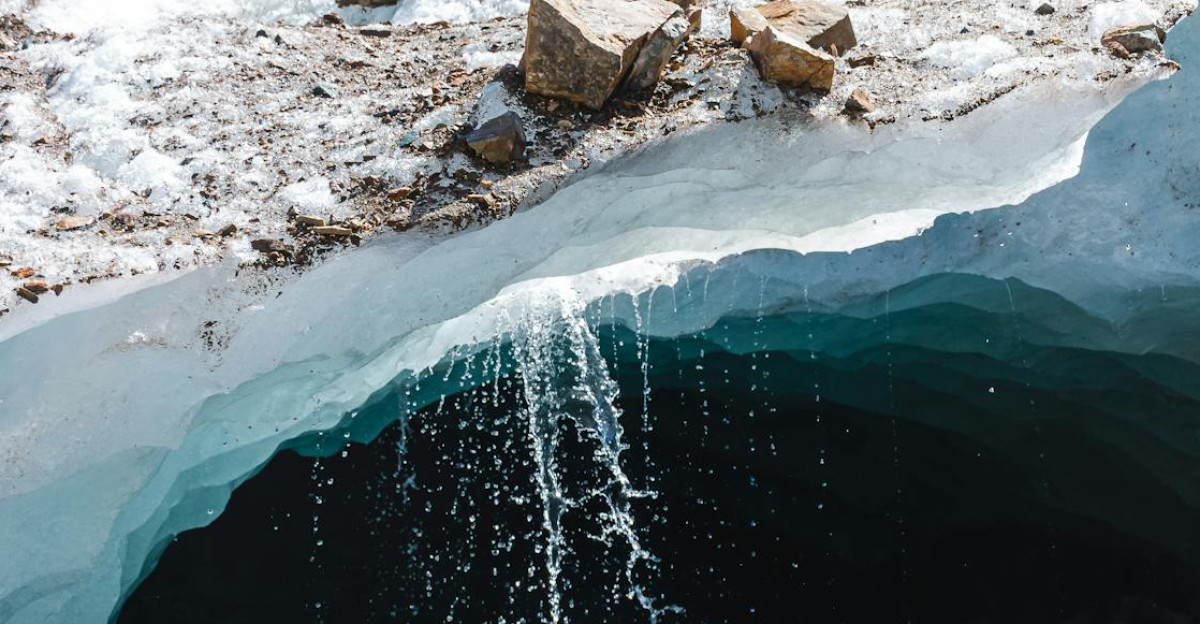
Canada’s High Arctic permafrost provided optimal preservation conditions, with continuous sub-zero temperatures maintaining molecular stability for millions of years. However, WWF Canada warns that accelerating climate change threatens these natural preservation environments, with permafrost thawing 70 years ahead of scientific predictions. Natural Resources Canada emphasizes the discovery highlights both the potential and vulnerability of Arctic paleobiological archives.
Scientific Validation Confirms Authenticity of Ancient Protein Sequences

“This is probably the most degraded proteome that has been sequenced to date, and it really does change the way we think about the evolution of rhinos,” Ryan Paterson from the University of Copenhagen’s research team told CNN. The scientists used chiral amino acid analysis to confirm that the proteins were genuinely ancient and not modern contamination. University of York data shows multiple independent verification methods validated the authenticity of the 24-million-year-old sequences.
Advanced Mass Spectrometry Enables Analysis of Previously Impossible Samples

Chemical Reviews reports that the extraction process employed liquid chromatography tandem mass spectrometry combined with advanced contamination controls to isolate authentic ancient proteins from degraded material. This represents a significant advancement in paleoproteomics methodology, enabling the analysis of samples previously considered too degraded for molecular study. PNAS research suggests the techniques developed could be applied to countless other fossil specimens worldwide.
2025 Emerges as Transformative Year for Protein Research

According to Olink research publications, many experts call 2025 the “Year of Proteomics” due to breakthrough discoveries and technological advances across multiple research domains. Mass spectrometry capabilities have evolved dramatically, with improved sensitivity enabling the detection of trace proteins in complex ancient samples. Nautilus Bio documents show that paleoproteomics has expanded from a handful of studies in the 1990s to a primary archaeological and evolutionary research domain.
Protein Analysis Reveals Unexpected Evolutionary Timeline
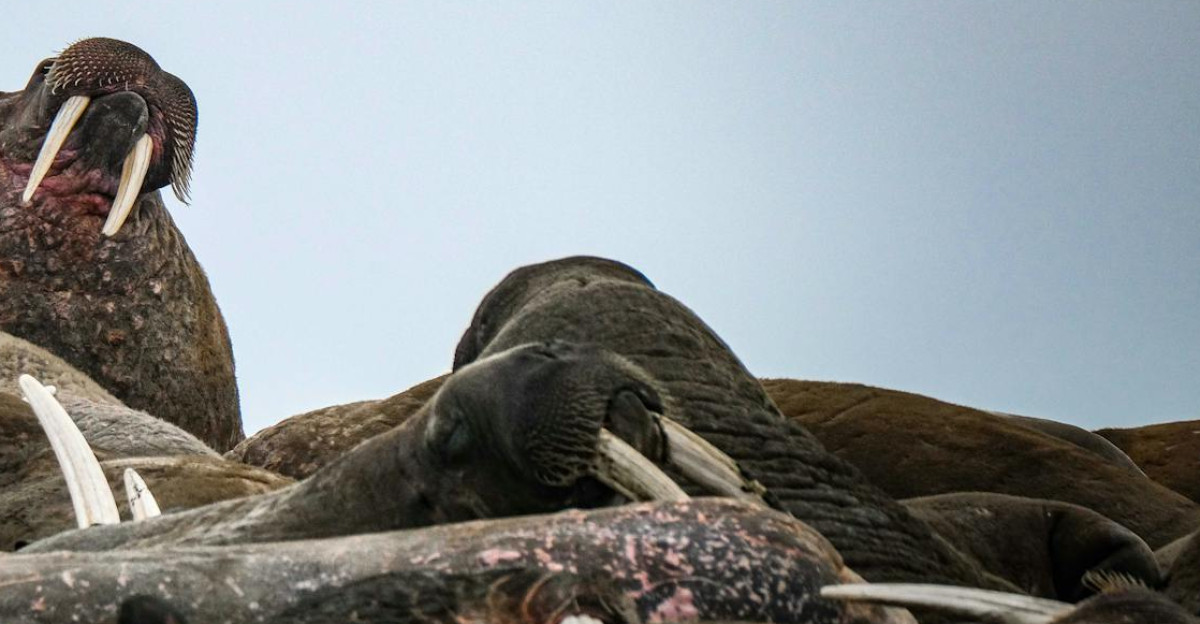
The protein analysis revealed that Epiaceratherium diverged from other rhinoceros lineages 41-25 million years ago, significantly earlier than previously estimated through fossil bone analysis alone. Sci News reports this discovery also suggests the split between major rhino subfamilies occurred more recently than thought, during the Oligocene period, 34-22 million years ago. University of York findings indicate the results fundamentally reshape our understanding of rhinoceros evolutionary history and timing.
Modern Conservation Meets Ancient Heritage
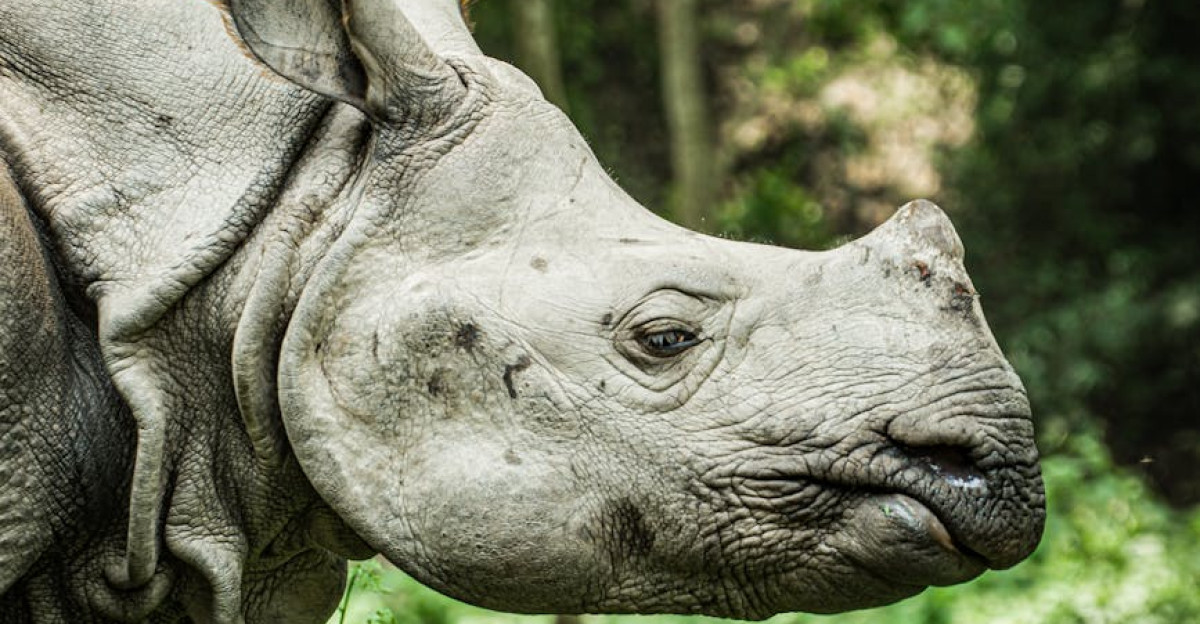
Modern rhinoceros species face extinction pressures while scientists discover their deep evolutionary heritage spans tens of millions of years. Stockholm University research reveals that all five living rhino species show historically low genetic diversity, a natural characteristic rather than a result of recent population declines. Cell Journal studies indicate this creates complex conservation challenges, balancing immediate protection needs with long-term genetic management strategies.
Global Research Collaboration Powers Scientific Success
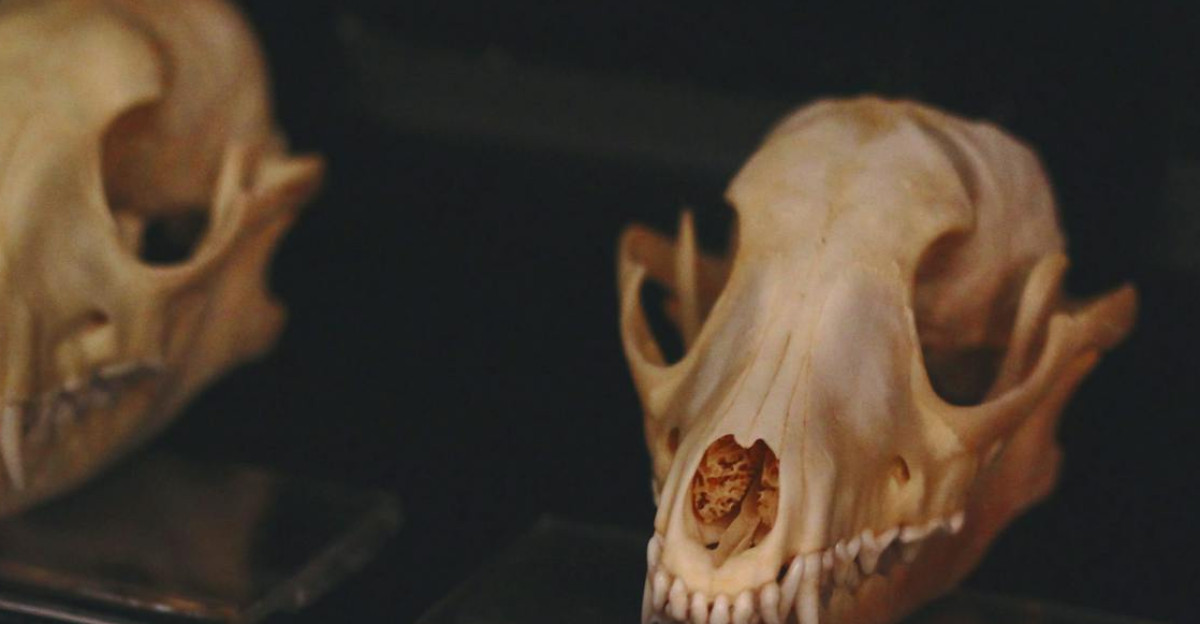
The University of Copenhagen’s Globe Institute led the international collaboration, with Harvard’s Department of Human Evolutionary Biology and York’s Department of Chemistry providing specialized expertise, Nature documents. The specimen originated from the Canadian Museum of Nature’s fossil collection, discovered in 1986 but only recently subjected to advanced protein analysis. University of York researchers note this demonstrates how existing museum collections contain untapped scientific potential.
Overcoming Technical Challenges That Seemed Impossible

Researchers overcame significant technical challenges, including protein degradation assessment, contamination elimination, and sequence reconstruction from fragmentary ancient material. Chemical Reviews indicates the team developed novel protocols specifically designed for extremely degraded samples, pushing the boundaries of what mass spectrometry can achieve. Nature research confirms these methodological advances will enable similar analyses on countless other fossil specimens worldwide.
Cautious Optimism About Future Discoveries
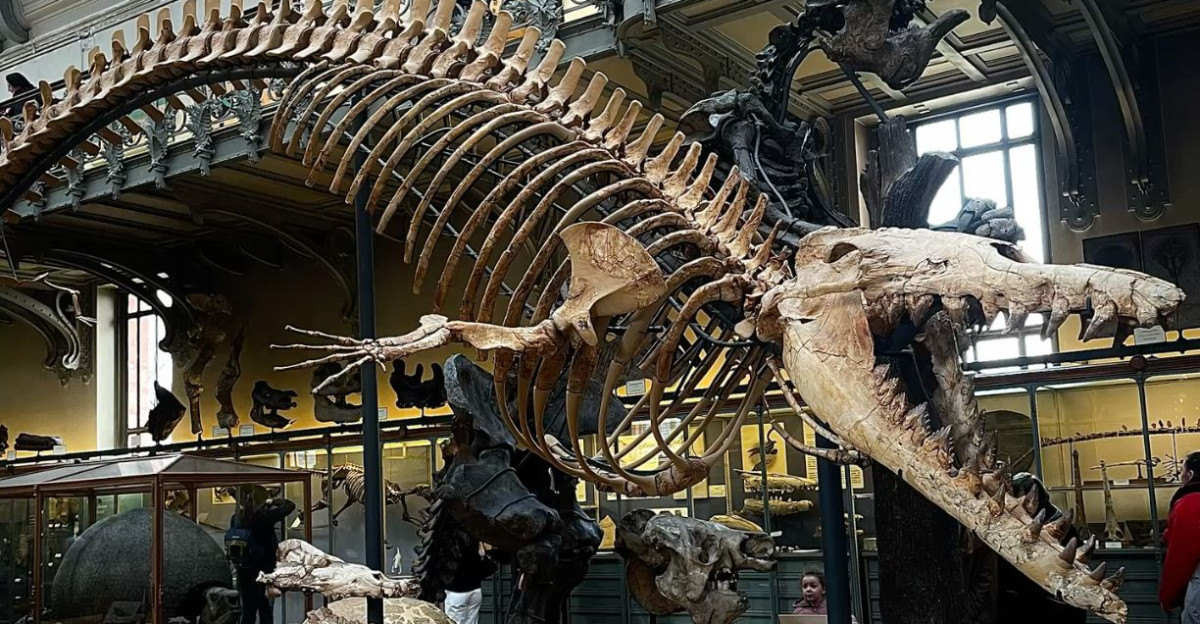
“It is phenomenal that these tools are enabling us to explore further and further back in time,” Dr. Marc Dickinson from the University of York told reporters. Economic Times coverage suggests scientists cautiously propose that even older specimens, potentially including dinosaur fossils, might yield protein sequences using these advanced techniques. However, researchers acknowledge that significant technical and theoretical challenges remain before such ambitious goals become achievable realities.
Ancient Mammalian Protein Studies Open New Research Pathways
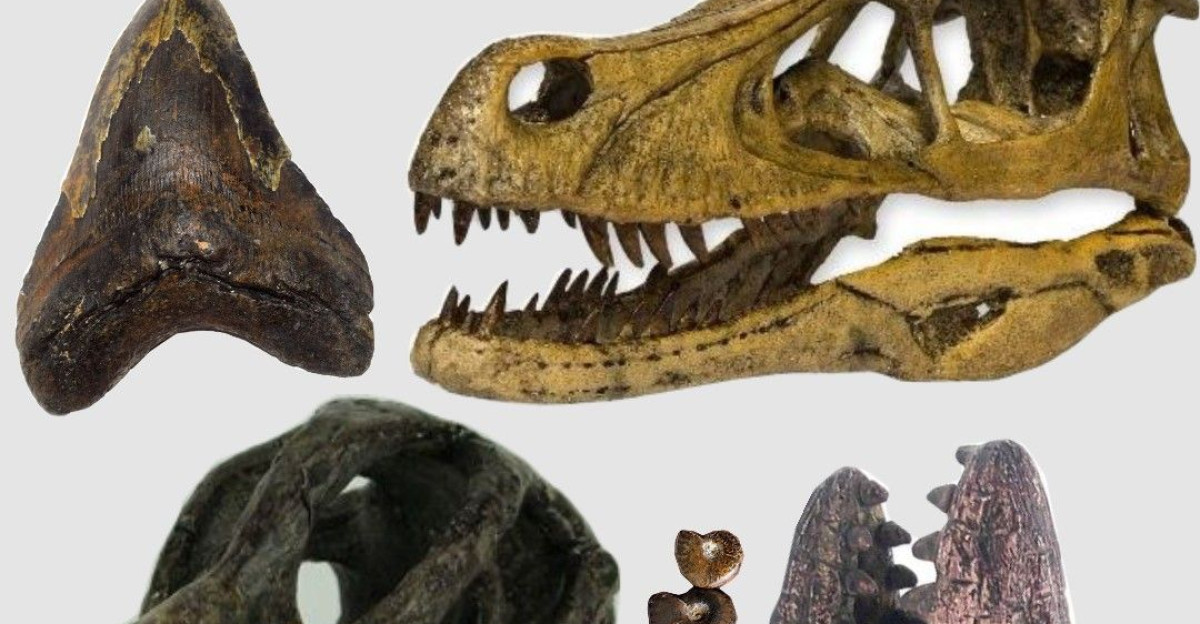
The success opens possibilities for analyzing protein sequences from other ancient mammals, potentially extending evolutionary studies back through the Cenozoic Era, Nature reports. University of Rome research indicates scientists are already identifying promising fossil specimens that might yield similar results using the newly developed extraction and analysis protocols. The question remains: how far back in time can these molecular archaeology techniques ultimately reach?
Government Policies Respond to Scientific Breakthrough

Government funding agencies worldwide are reassessing paleoproteomics research priorities following this breakthrough, recognizing its potential for understanding evolutionary responses to climate change. Natural Resources Canada data shows Arctic research programs face new urgency as permafrost thaw threatens irreplaceable paleobiological archives containing millions of years of molecular information. Campbell Scientific studies emphasize that international scientific cooperation is essential for preserving these vulnerable natural libraries before they disappear forever.
Canada Emerges as Global Research Leader

According to World Economic Forum analysis, the discovery positions Canada as a leader in paleoproteomics research while highlighting the international importance of Arctic preservation. Scientists from multiple countries contributed expertise, demonstrating how modern paleontological research requires global collaboration and resource sharing. Water Canada reports indicate the High Arctic represents one of Earth’s most critical natural laboratories for understanding deep-time molecular preservation.
Ethical Frameworks Evolve With Scientific Advancement
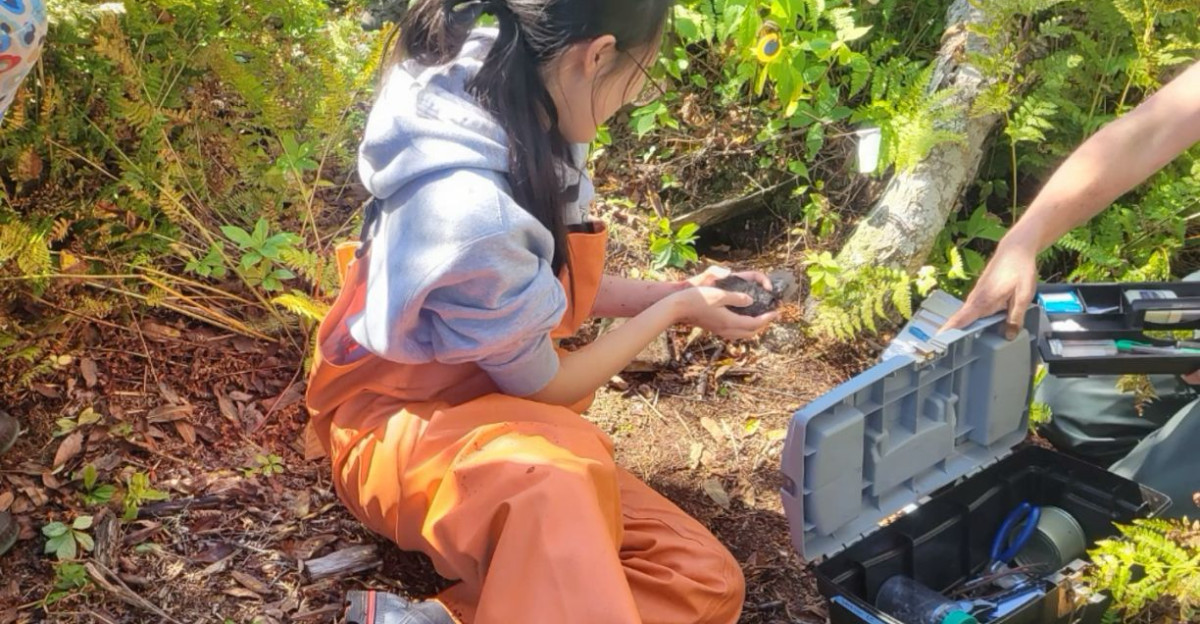
The research operated under established paleontological protocols with proper institutional oversight and specimen provenance documentation from the Canadian Museum of Nature. University of Copenhagen guidelines indicate ethical considerations include ensuring indigenous community involvement in Arctic research and respecting traditional knowledge about the land. Government of Canada documentation shows legal frameworks for accessing and analyzing ancient biological materials continue evolving as the field advances.
Inspiring a New Generation of Scientific Researchers

This discovery challenges public perceptions about the limits of scientific investigation, demonstrating that molecular-level information can survive across geological timescales previously thought impossible. Peer Community Journal research shows educational institutions worldwide are incorporating paleoproteomics into curricula, inspiring new generations of scientists to explore interdisciplinary approaches combining chemistry, biology, and paleontology. Science Advances studies confirm that the work bridges ancient natural history with cutting-edge technological innovation.
What This Really Means for Understanding Life on Earth

This breakthrough represents more than a technical achievement; it fundamentally expands humanity’s understanding of life’s evolutionary journey across deep time. The Economist reports that by recovering molecular information from millions of years ago, scientists gain unprecedented insights into how species adapted to ancient environmental changes, potentially informing modern conservation strategies. Ancient protein research confirms the discovery and reminds us that Earth’s geological record contains vast, previously inaccessible libraries of biological information waiting to be decoded.